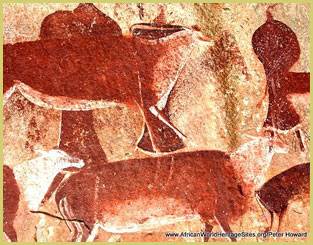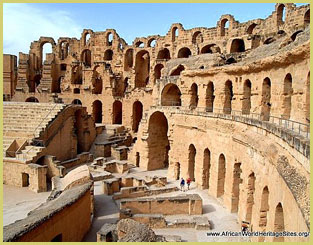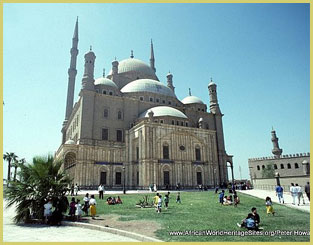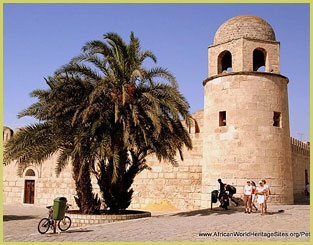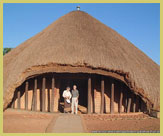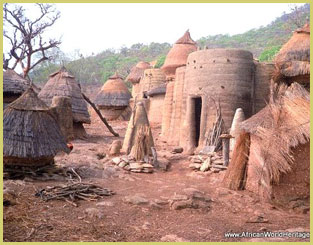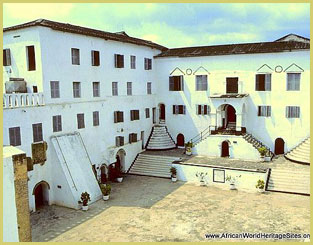


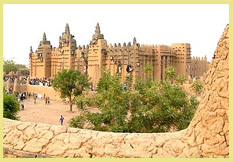

African Cultural World Heritage Sites
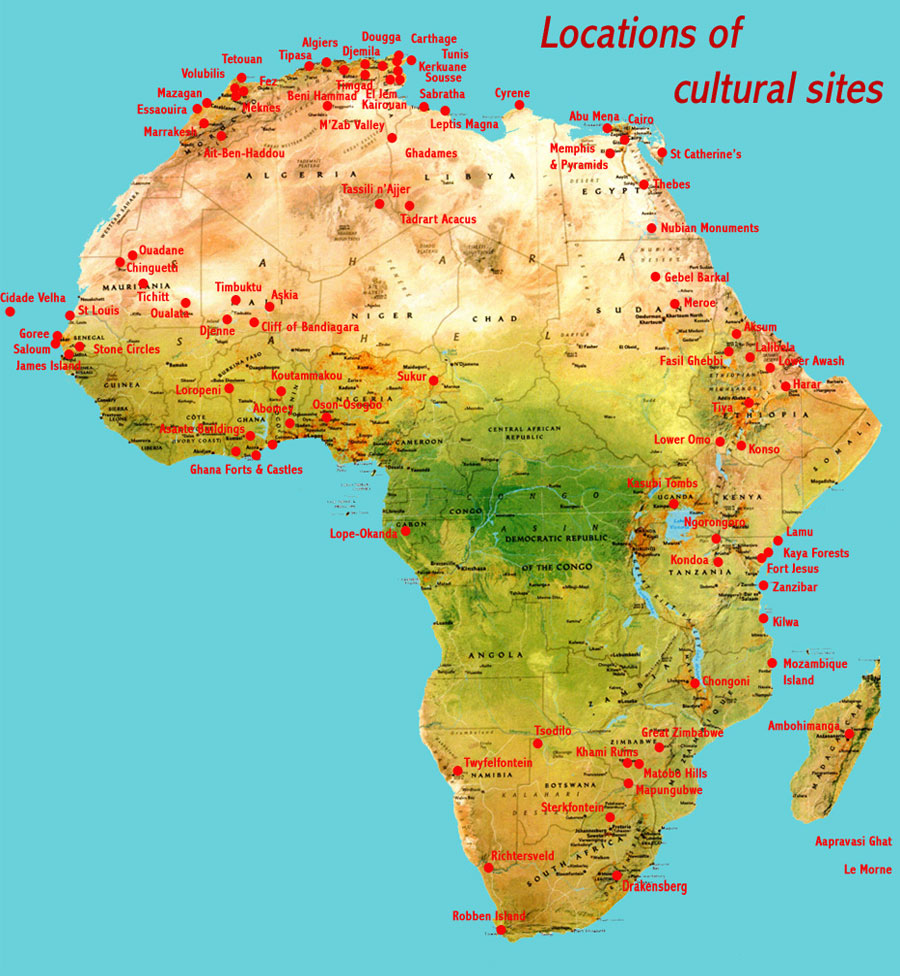 There are 89 cultural world heritage sites in Africa, including four on the islands of Cape Verde (1 site), Madagascar (1 site) and Mauritius (2 sites), and five that are listed under the Convention’s natural (as well as cultural) criteria. About ten percent of the cultural sites are classified by UNESCO as ‘cultural landscapes’, a special designation for areas that represent the ‘combined works of nature and of man’, generally applied to places where traditional forms of land use and indigenous culture persist.
There are 89 cultural world heritage sites in Africa, including four on the islands of Cape Verde (1 site), Madagascar (1 site) and Mauritius (2 sites), and five that are listed under the Convention’s natural (as well as cultural) criteria. About ten percent of the cultural sites are classified by UNESCO as ‘cultural landscapes’, a special designation for areas that represent the ‘combined works of nature and of man’, generally applied to places where traditional forms of land use and indigenous culture persist.
To facilitate an understanding of cultural world heritage we have grouped sites into 13 categories, which bring places of a similar nature together. Thus, there are four sites that - although they are widely dispersed across eastern and southern Africa - are concerned with the fossil record of human evolution and origins. Likewise, nine sites cover rock art and other aspects of human pre-history. And five other sites that are widely separated geographically share a common destiny as towns that developed around the fringes of the Sahara Desert as centres of trade and learning – so these have been grouped into the category of ‘Trans-Sahara trading routes’. Some of the categories are less cohesive than others – so ‘Ancient African civilisations’ covers a disparate group of sites that bear witness to long-standing and highly developed indigenous cultures, but these may not necessarily relate directly to one another. Categorising sites in this way helps ‘tell the story’ of man’s history and cultural evolution in Africa, but may make it slightly difficult to find specific places of interest – in which case, please use the Index tab (above) where there is an alphabetical list of sites arranged by country.
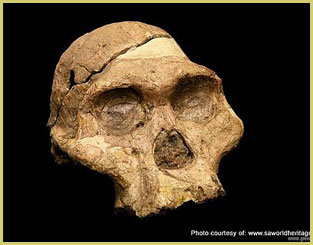
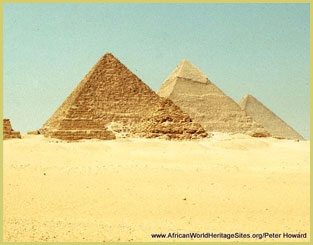
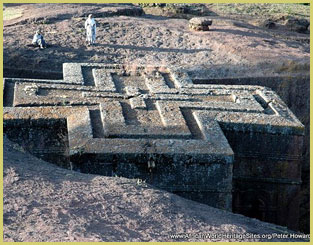
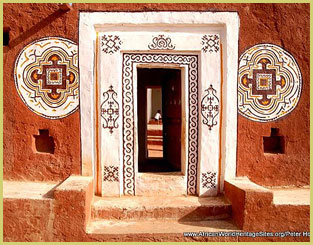
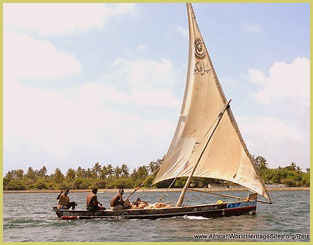
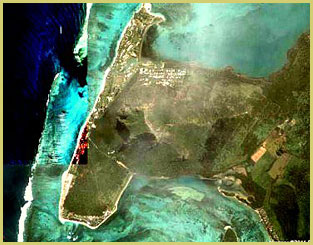
.jpg)
